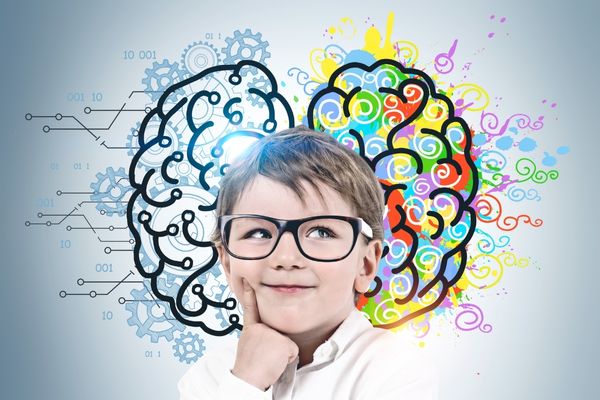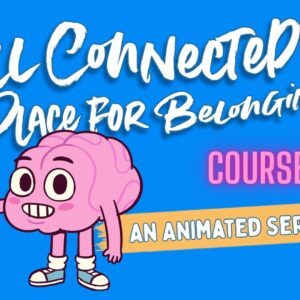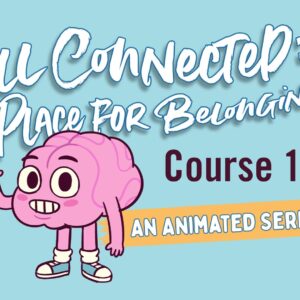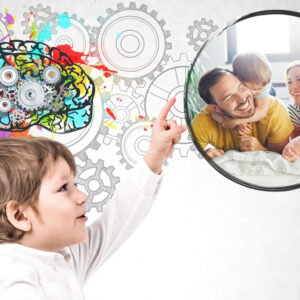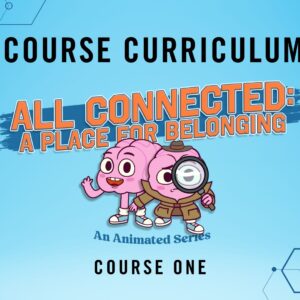Description
Neuroplasticity & Relationships: A Path to Healing After Trauma
A 3 part course that evokes “aha moments” and inspires positive and practical changes.
PART 1: Impact of Trauma on Brain Development.
This section explores the profound impact of trauma on brain development, emphasizing how early experiences and relationships shape brain circuitry. It delves into the three key brain systems, and how trauma can affect their functions and development, leading to challenges in motor skills, emotional regulation, and decision-making. The section also highlights how different types of trauma, including those specific to youth in foster care, create significant neural connections that influence a youth’s ability to form healthy relationships and respond to daily stimuli.
PART 2: What Does This Look Like for the Youth We Serve?
It’s incredibly challenging to witness a youth grappling with trauma triggers and grief; their responses can be misunderstood. Yet, by truly grasping the intricate connection between trauma and the brain, we can offer the support they desperately need. This understanding is key to helping them begin their journey of healing and thriving. Expand your understanding through research presented as well as stories about the experiences youth in foster care face. Learn about neuroplasticity; the brain’s ability to “re-wire.”
PART 3: Neuroplasticity at Work
Neuroplasticity allows the brain to change, grow, and/or heal. This is an amazing aspect of the brain that spans a lifetime.
A. Activities, Therapies, & Supportive Relationships encourage neuroplasticity.
You will learn strategies for school and home that encourage neuroplasticity and help support and regulate youth who are struggling. Real-life takeaways you can put into practice as you learn them.
B. How Relationships Heal Trauma when coupled with knowledge of neuroplasticity.
Relationships are the key to living a long and healthy life! Brain connections that have not developed properly due to neglect, abuse or separation can be rerouted and regrown through healthy relationships over time. Think of it as PT for emotional healing. Learn how through time, consistency of connections and support can make a difference on the path to healing after trauma thanks to neuroplasticity.
Please note that you will be presented with a quiz at the end of the course that is mandatory to receive the certificate of completion and 1.5 general CE credits.
